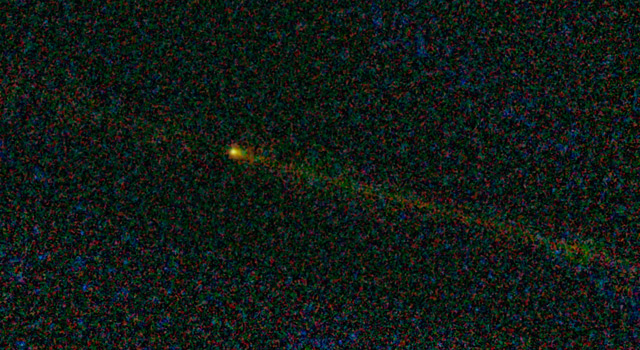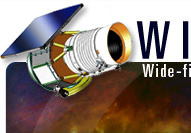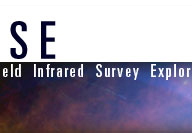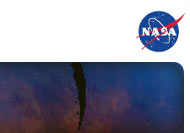
| |
A survey of more than 170,000 supermassive black holes, using WISE, has astronomers reexamining a decades-old theory about the varying appearances of these interstellar objects.
More |
|
| |
|

| |
The 2013 Release consists of over 900,000 3.4 and 4.6 micron images and a database of over 7.3 billion source detections extracted from those images, acquired by WISE between Sept. 29, 2010 and Feb, 1, 2011 after the satellite's solid hydrogen cryogen was completely exhausted.
More |
| 
| |
After searching hundreds of millions of objects across our sky, WISE has turned up no evidence of the hypothesized celestial body in our solar system commonly dubbed "Planet X."
More |

| |
Astronomer's using WISE data have discovered dust in an unusual place--just outside the reach of a binary star system with a short hour orbit.
More |
|  |
|
NASA’s Wide-field Infrared Survey Explorer (WISE) and the NEOWISE project released the remaining set of observations collected by the WISE infrared space telescope, making all survey data now available to the public.
More |
 |
|
SBS 0335-052, a previously known blue compact dwarf is located some 176 million light-years away in the constellation Eridanus.
More |
|
 |
|
New observations by NASA's WISE show there are significantly fewer near-Earth asteroids in the mid-size range than previously thought.
More |
 |
|
New findings from NEOWISE show that comet Hartley 2 leaves a pebbly trail as it laps the Sun, dotted with grains as big as golf balls.
More |
|
 |
|
Asteroid 2010 TK7 is circled in green, in this single frame taken by NASA's WISE.
More |
|
|
|







